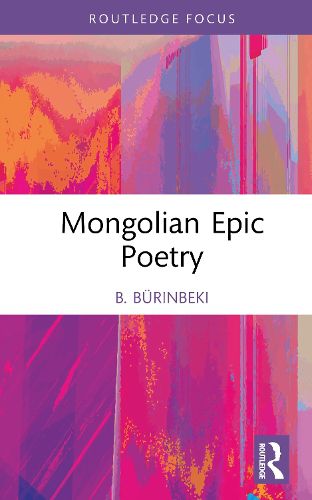Readings Newsletter
Become a Readings Member to make your shopping experience even easier.
Sign in or sign up for free!
You’re not far away from qualifying for FREE standard shipping within Australia
You’ve qualified for FREE standard shipping within Australia
The cart is loading…






The book studies Mongolian epic poetry on the basis of Mongolian texts and Western literary theory.
The author presents a coherent aesthetic system of heroic epic, gives examples of the sacred, primitive and paradigmatic characteristics of ancient Mongolian epic and then shows how the exploits of heroes unfold in infinite time and space. He describes the divinity and humanity of the white heroes as an embodiment of their group spirit. Along with the black Mongol heroes, he presents their divinely wise steeds, prized by Mongol nomads, as the embodiment of a poetics of evil. In particular, the book explores the complex relationship between humans and nature in Mongolian epics and analyzes the influence of social change on the growth, development and decline of epic. It also examines imagery, prosody and style, focusing on lyrical factors and the formulaic units of epic composition.
The book will be valuable to scholars and graduate students of Asian literature, folklore, and anthropology.
$9.00 standard shipping within Australia
FREE standard shipping within Australia for orders over $100.00
Express & International shipping calculated at checkout
The book studies Mongolian epic poetry on the basis of Mongolian texts and Western literary theory.
The author presents a coherent aesthetic system of heroic epic, gives examples of the sacred, primitive and paradigmatic characteristics of ancient Mongolian epic and then shows how the exploits of heroes unfold in infinite time and space. He describes the divinity and humanity of the white heroes as an embodiment of their group spirit. Along with the black Mongol heroes, he presents their divinely wise steeds, prized by Mongol nomads, as the embodiment of a poetics of evil. In particular, the book explores the complex relationship between humans and nature in Mongolian epics and analyzes the influence of social change on the growth, development and decline of epic. It also examines imagery, prosody and style, focusing on lyrical factors and the formulaic units of epic composition.
The book will be valuable to scholars and graduate students of Asian literature, folklore, and anthropology.